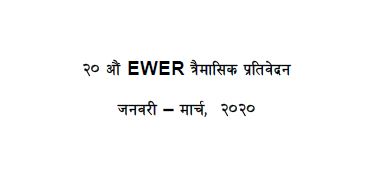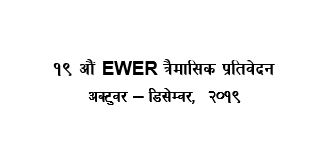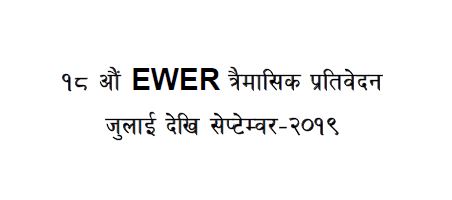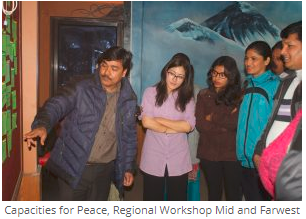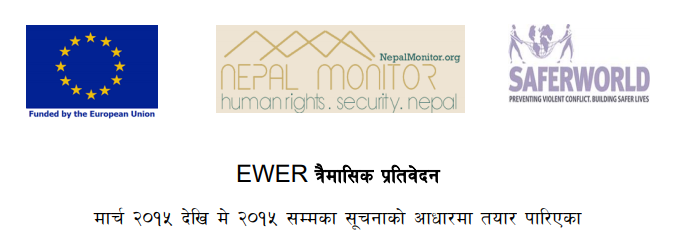Incident Reports
Editoriral : Human rights watch
2018-01-28
Nepal
It is no secret that Nepal’s two transitional justice bodies—the Truth and Reconciliation Commission (TRC) and the Commission for the Investigation of Enforced Disappeared Persons (CIEDP)—have not been able to make much progress since they were formed in 2015. Recently, the government has decided to extend their tenures by an additional year. But as yet there is no word on amending the transitional justice legislation in line with the Supreme Court decision of 2015. Until this happens, it cannot be expected that much can be achieved.
Nonetheless, as members of the Conflict Victims’ Common Platform (CVCP) have recently maintained, there is a significant amount that the commissions can do even in the absence of an amendment. And the CIEDP chief commissioner has now attempted to do so, by recommending that the families of those who have been disappeared should receive compensation of Rs20 million on top of the compensation they have already received.
This is a positive step. But the fact is that it only highlights how much more can be done. So far, there has been a widespread belief that transitional justice only means prosecutions of perpetrators of human rights violations and distribution of compensation to victims. But there is more room for work even in the field of reparations. The commissions could, for example, devise a plan for memorialisation together with victims. They could also seek to establish various livelihood support ventures for victims’ families. The CVCP has already begun significant work towards thinking of reparation measures that go beyond a simple distribution of funds for victims. The TRC and CIEDP could earn the goodwill of the victims’ families if the two bodies could help in such a venture.
There are also other measures that the TRC and CIEDP could take to earn the trust of the families. One aspect of transitional justice is to identify patterns of violations that occurred during the conflict. Such an analysis is meant to eventually lead to the reform of institutions to ensure that severe rights violations do not occur again. Granted, it is too early for the commissions to come up with recommendations on institutional reform. They haven’t yet even made much progress on investigations. But at the very least, the two bodies could come out with periodic reports on their investigations. While it might not be advisable to immediately reveal the full contents of their investigation, the TRC and CIEDP commissioners can make statements of a general nature about the patterns of rights violations. In addition, the commissions should also take a more proactive approach with the government. They could, for example, offer recommendations on the nature of the prosecutorial apparatus for perpetrators of grave human rights violations. Such measures would go a significant distance in helping to bridge the gap between the commissions and conflict victims.
National/Online Media
Related Reports
Transitional Justice / Conflict Victims / Kathmandu
Demonstration staged demanding to rectify TRC bill
August 04, 2023
Transitional Justice / Conflict Victims / Kathmandu
Police detain protesting armed conflict survivors in Kathmandu
April 18, 2023
Transitional Justice / Conflict Victims / Kathmandu
Conflict victims, police clash at New Baneshwar
April 18, 2023
Transitional Justice / Conflict Victims / Kaski
Conflict victims stage sit-in in Kaski demanding to make transitional justice bill victim friendly
March 31, 2023
Transitional Justice / Conflict Victims / Kathmandu
Conflict victims stage demonstration in Kathmandu demanding honorable justice
August 15, 2022
